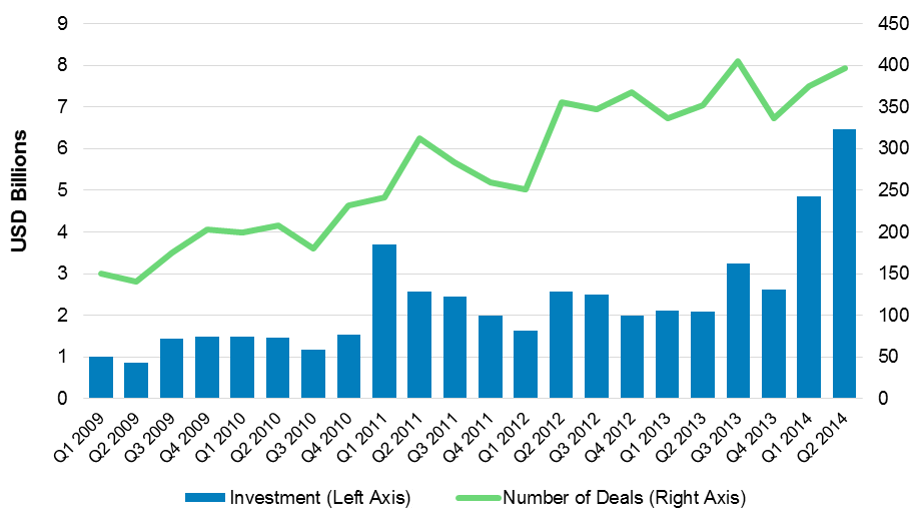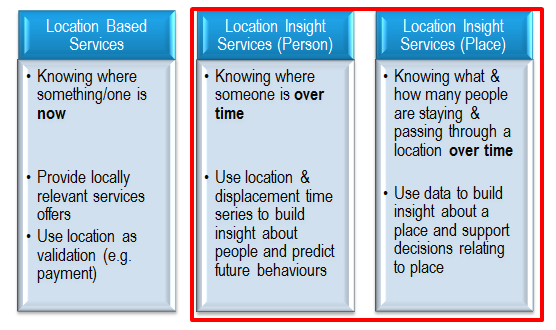
Telco economics: The price of loyalty
Achieving greater customer loyalty is important for telecoms operators, but often difficult to realise. We look at operators that have proved successful in achieving low levels of customer churn including O2, Telstra and TELUS, and identify practices that have played a key part in their success.



